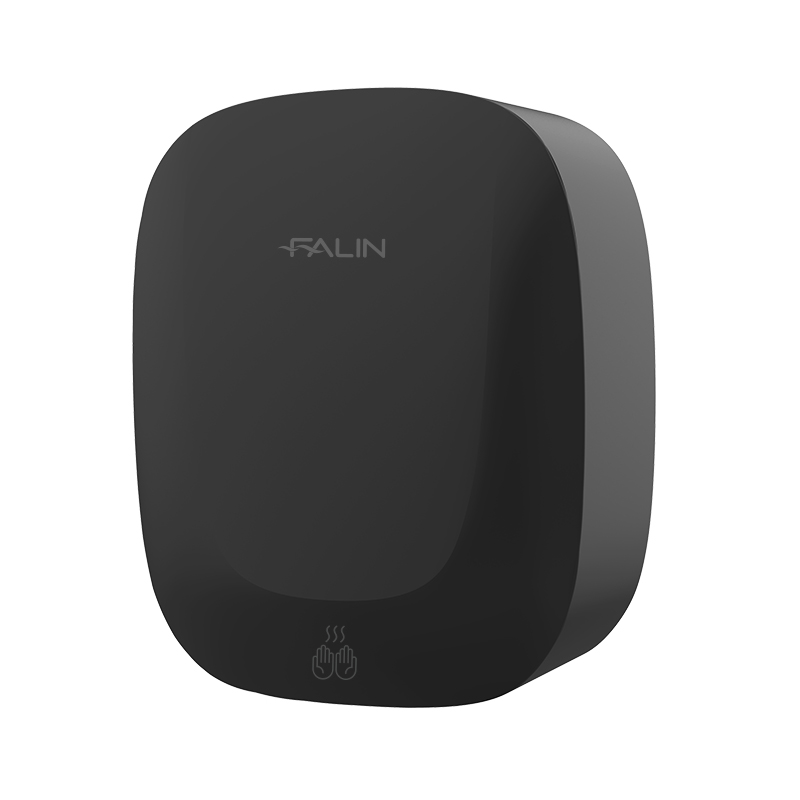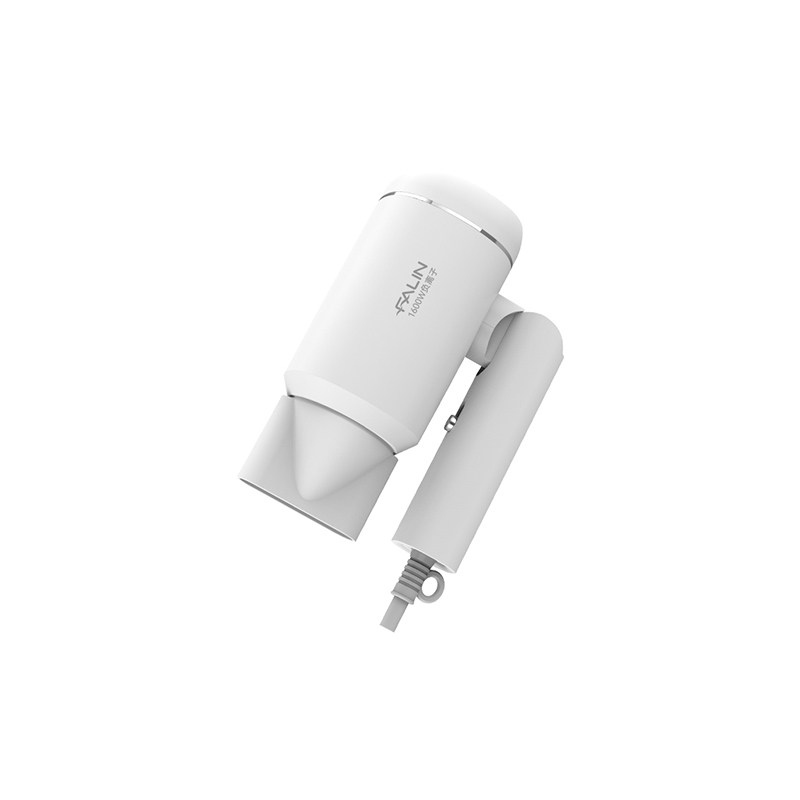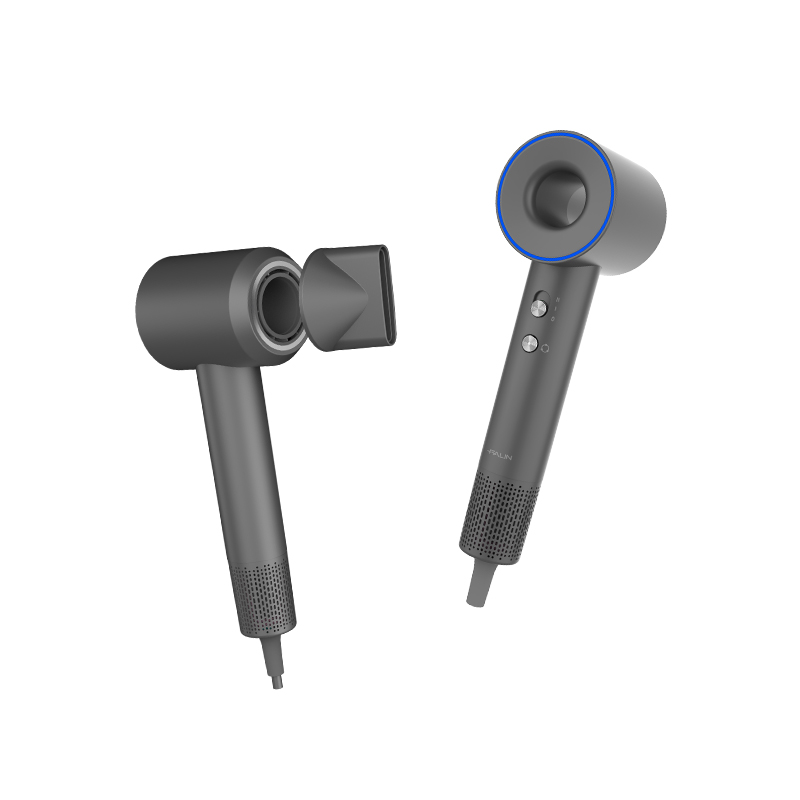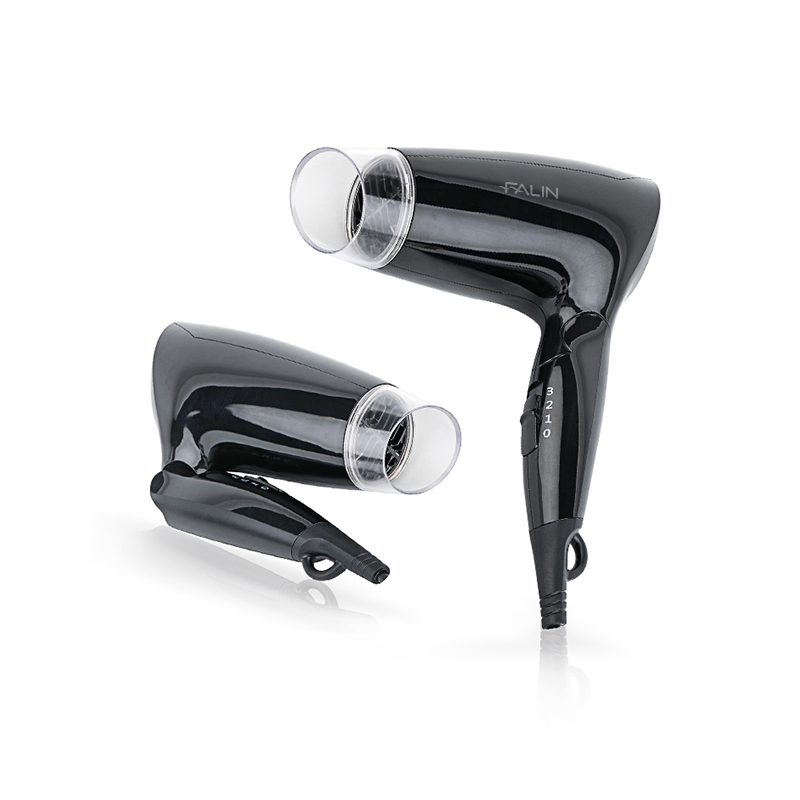
Energy efficiency has become a key concern in both commercial and residential restroom design. As public facilities look for ways to reduce their environmental footprint and lower utility costs, many are turning to compact drying solutions. One device that stands out in this context is the mini hand dryer. Known for its small size and focused function, it brings a range of energy-saving benefits that are worth considering.
The primary advantage of a mini hand dryer is its reduced power consumption compared to larger traditional models. Most full-sized dryers operate with high wattage, often ranging from 1500 to 2400 watts. In contrast, mini versions often function effectively at significantly lower wattage, sometimes as low as 500 to 1000 watts. This substantial difference in energy use makes them an appealing option for facilities that experience moderate restroom traffic but still require reliable drying solutions.
Because of their compact design, a mini hand dryer generally uses a smaller motor and fan system. This allows for targeted airflow with less energy draw. While the drying time may vary slightly depending on the model, many users find the performance acceptable for everyday use. In commercial settings such as cafes, clinics, or small office restrooms, this can translate into meaningful energy savings over time.
Another energy-saving benefit comes from the reduced idle energy usage. Many traditional hand dryers remain partially powered even when not in use. Some mini hand dryer models are designed to consume no standby power at all, helping to further lower electricity costs. Additionally, newer versions often incorporate automatic sensors that activate the dryer only when hands are detected. This on-demand operation prevents unnecessary power use, unlike paper towels, which are often wasted whether needed or not.
Beyond electricity savings, a mini hand dryer also contributes to reduced waste. While this is not an energy metric in itself, eliminating the need for paper towels lessens the demand for manufacturing and transporting disposable products. The indirect energy savings from reduced paper production, packaging, and shipping are significant when considered over a long period.
Installing a mini hand dryer also supports broader sustainability goals. By cutting down on both energy usage and landfill contributions, these compact devices align well with green building standards and corporate environmental policies. For businesses aiming to earn sustainability certifications or reduce their overall carbon footprint, such devices can be a small but meaningful part of the solution.
From a cost perspective, energy efficiency often correlates with long-term savings. The lower wattage and decreased usage hours associated with a mini hand dryer can lead to lower monthly electricity bills, especially in buildings with multiple units. For property managers or facility owners, this efficiency can contribute to operational cost reduction without compromising user hygiene or experience.
The mini hand dryer offers more than just convenience and space efficiency. Its reduced power draw, limited standby consumption, on-demand activation, and contribution to waste reduction all play a role in its energy-saving capabilities. Whether used in compact restrooms, mobile units, or small businesses, this device provides a practical solution for those seeking sustainable and cost-effective hand drying options.


 English
English 中文简体
中文简体






 Building 19, Block 9, Bihu Wangyang Town, Liandu District, Lishui City, Zhejiang Province, China
Building 19, Block 9, Bihu Wangyang Town, Liandu District, Lishui City, Zhejiang Province, China 